

By continuing, you accept the Terms and Conditions and T&C Fundraising, confirm that you have read the Privacy and Cookie Policy and create your account.
By continuing, you accept the Terms and Conditions and T&C Fundraising, confirm that you have read the Privacy and Cookie Policy and create your account.
Don't have an account yet? Register now!
The artsupp.com website is a multilingual platform dedicated to the promotion of cultural institutions. The contents of the Site and the rights related to them are reserved, therefore they can be consulted exclusively for personal information purposes, any other use being expressly prohibited without the prior written consent of artsupp.com.
The company Restart S.r.l., with registered office in Rome in viale Angelico n.101, registered in the Register of Companies under no. RM - 1450606, tax code and VAT number no. 13481941006, is the owner of the platform called Artsupp - reachable at the web address 'https://www.artsupp.com'.
This regulation contains the rules governing the relations between Restart S.r.l. its Partners and supporting users of the Platform. The provision of services by Restart s.r.l. through the Artsupp platform in favor of the Partner who wants to propose a fundraiser (hereinafter: Partner) is subject to the following terms and conditions.
After registering and completing the profile in all its sections, the Partner can use the Site to publish their fundraising project, according to the methods described below.
The Partner undertakes to keep the access credentials and to prepare backups of all the content uploaded. For this reason, the Partner exonerates Artsupp from any responsibility in this regard. Artsupp is authorized to keep browsing logs in accordance with its current Privacy Policy and to suspend the account in case of misuse of the pages.
During the fundraising phase, the Partner will come into possession of information such as name, surname, e-mail address, of each individual Supporter. The Partner, by accepting these Terms of Use, indemnifies Restart srl, as owner and manager of the artsupp.com platform, from any violation, or improper use, of such data and information, or where they are used for purposes unrelated and / or illegal with respect to the "Terms and Conditions" and the "Fundraising Terms and Conditions", assuming full civil and criminal liability deriving from illegal and improper use of such information.
The Partner is solely responsible for the project, files, images and content published and its realization and expressly exonerates Artsupp from any responsibility in relation to the legitimacy, correctness, cost-effectiveness, convenience and execution of the Project itself and this circumstance will be given. evidence on the site by means of the appropriate wording. The Partner undertakes to send Artsupp files, images and / or videos of which it is the owner of the relative rights of use, relieving Artsupp from any third party claims regarding the use and content of said files, images and / or videos. The partner also undertakes to send virus-free files, images and / or videos, and in any case not such as to compromise in any way the hardware or software of the portal or of those who view or download them.
By "project" we mean any activity that aims to enhance and / or improve the cultural offer and services offered to the public by the institution. Any activity that positively affects the cultural offer is eligible:
By way of non-exhaustive, we report some categories of projects admitted by the Platform:
In any case, Artsupp reserves the right to refuse the publication of the Project or to suspend the campaign, in any case in which the products or services offered by the Partner are not compatible with the image or reputation and ethics of Artsupp.
The Partner raises Restart S.r.l. from any responsibility on the project both in the design phase and in the construction phase, committing to respect what is reported in the project description with regard to objectives and timing, also guaranteeing Restart S.r.l. and to supporting users that what has been declared corresponds to the truth and in particular that the project has been drawn up by specialized subjects.
The Partner can choose from the following fundraising models:
Fundraising without a minimum economic objective and a defined time limit.
The Partner is entitled to the payment of the sums collected, net of the Payment Commissions specified below and of a commission in favor of Artsupp equal to 5% including VAT of each payment.
The Supporter proceeds to provide the loan through the payment services offered and managed entirely by STRIPE Inc. (or any other payment service manager chosen by Artsupp), through its own platforms, which constitute market standards. In this regard, therefore, the Partner exonerates Artsupp from any responsibility in this regard. For each payment made, STRIPE Inc. retains a commission for the management of the payment service (referred to above as Payment Commission), in accordance with its own policies and contractual conditions. Therefore the Partner receives the sums disbursed by the supporters net of this commission. The costs of the payment system are established exclusively by the manager and, using credit cards and current accounts located within the Euro area, are generally the following:
(Euro area): 1.4% + € 0.25 for each donation received
(non-Euro area): 2.9% + 0.25 € for each donation received
For further details see: https://stripe.com/it/pricing
Restart srl, through the artsupp.com platform, is in no case responsible for the transaction costs applied by the payment system operators, nor for the possible variations that such costs could undergo over time, limiting its action to providing adequate information to users. of the platform regarding such possible variations.
Furthermore, in cases where the Artsupp service is subject to a fee, STRIPE Inc. also retains this amount on each payment made by the Supporters, and reverses it in favor of Artsupp. In this case, therefore, the Partner receives the sums disbursed by the supporters net of the payment commission and the commission due to Artsupp:
- Artsupp Fee for "Fundraising" projects: 5% VAT included;
Commissions are payable on each donation. Both STRIPE and Artsupp will issue the due accounting documents relating to collections and made out to the beneficiary of the service, as required by law.
Any accounting, fiscal and administrative fulfillment inherent in the subscriptions received is the sole responsibility and responsibility of the Partner, who will therefore promptly provide for invoicing, declarations, certifications and anything else required by current legislation.
Artsupp reserves the right to modify, without prior notice, the layout, graphics, dimensions, colors of the Site and of the pages in which the Project is presented. It also reserves the right to insert, add, modify and in any case completely freely manage the spaces of these pages, adding, removing, overlapping information, communications, advertisements, images, banners and any other content it deems appropriate.
The Partner remains the exclusive owner of what is published on the platform in its reference section. Artsupp may use the means at its disposal, online and offline, the information, the contents disseminated and the data relating to everything that will be published on www.artsupp.com in order to promote and advertise the platform and the Partners. This contract is subject to Italian jurisdiction and, in the event of disputes, the competent court is that of Rome. Roma, Rome, February 2022
The website artsupp.com is an online multilingual platform dedicated to the promotion of cultural institutions. The site content and its rights are reserved and can be referred to only for personal information. Any improper use of the site information without prior consent of artsupp.com is strictly forbidden. Restart S.R.L is a company based in Rome, Viale Angelico n.101, registered on the Registro delle Imprese with number RM – 1450606. Tax reference and VAT number 13481941006 and owns Artsupp, available online at http://www.artsupp.com. The guidelines below include norms regulating relationships between Restart S.R.L, its customers and those visiting the platform Artsupp.
Arstupp Visitor: he who visits the various webpages on Artsupp.
Artsupp User: he who freely subscribe to the platform Artsupp.
Artsupp Partner: any cultural institution having the requisites whose identity is verified upon joining the platform Artsupp.
A Visitor becomes User once he fills out the registration form with personal data (username/email/password), or accessing through their Facebook account. The User pledges to provide information to Artsupp which is true and accurate, and to update it thereafter in their most current form. Every User is responsible for his own account and for all activities carried out from it; every User is responsible for keeping his credentials secrete and not to share them with other Users. In so doing, the User waives Artsupp from any responsibility in the matter.
Any permanent or temporary cultural institution that, according to its own identity, manages and preserves historical heritage for the benefit of the public can be a Partner on the platform Artsupp. Artsupp reserves the rights to assess the appropriateness of all subscription requests.
Every institutions meeting the above requirement can become a partner after providing to Artsupp all necessary information to verify their identity. The following contents are also required for the creation of the Institution pages on Artsupp:
1. Institutional Name;
2. Description of the Institution;
3. Location;
4. Opening hours;
5. Website;
6. Avatar;
7. Profile Image of video;
8. Images showing the spaces;
9. Images from the collection;
10. Taglines for the images shown (author, name of the work, date, technique);
11. Press release for current exhibitions or future events.
All information included in the profile must be accurate, complete and truthful. Once the required information has been provided, Artsupp will take the necessary time to verify its appropriateness and will proceed to activate the online space reserved to the Partner
Each Partner will be able to access the following pages:
Info: this section is aimed at highlighting the spaces of the Institution. A short description of the Institution together with images of its spaces and information around opening times will be included, along with the official link to the Institution website.
Events calendar: this section is for the Institution to share calendar of future events and cultural programs.
Collection: a brief overview of the works part of the collection. In cases where the Partner does not have a permanent collection, images of the works temporarily exposed will be uploaded.
Contents published on the Profile are public and will be visible online. The Partner Institution pledges to submit files, images and/or video material of its own property, waiving any responsibility of publishing copyrighted material without prior consent from Artsupp. Likewise, the Partner pledges to submit material not corrupted by virus or in such format as to guarantee no damage to the hardware or software of the portal or of those who will visualise it or download it.
Artsupp offers to its Partners a free web portal developed with the aim of boosting their interaction with the public of the arts and of cultural institutions. All tools of the Platform aimed at marketing and communication are managed autonomously by Artsupp depending on its needs and objectives. Artsupp offers to the individual Partners visibility on the platform, committing to communicate to its own Users with the available means the activity and the content of the Partners’ cultural offer. Artsupp cannot guarantee that the content of individual Partners will have equal visibility to its Users. It is beyond the control of Artsupp to verify in advance the possible results of the online search, the order of pages or the corresponding content. Artsupp cannot be held responsible from the Users or third parties for what will come out of the web search. Partners remain exclusive owners of what published on the platform in their dedicated section. Artsupp will be able to use with the available means, online and offline, the information, the content and the data made public on www.artsupp.com with the aim of advertising and promoting the platform and the Partners. In order to protect the image rights of Individual Partners Artsupp won’t allow the content of the Platform to be available to download. Information included in the website is published in good faith of its authenticity and truthfulness. Artsupp, notwithstanding its dedication to maintain the website in good order and the information therein reliable and up to date, declines any responsibility for direct or indirect damage resulting from incorrect information having been included on the platform, particularly in those circumstances where information included might be interpreted by the Users as a foundation for decisions on initiative of economic or financial nature.
Artsupp is committed to maintain its Platform as secure as possible. It is necessary that Users contribute to the security of the Platform by ensuring that: No unauthorized commercial communication (e.g. spam) is included on Artsupp.com; No information is asked from other Users; No access to Artsupp is made through automated tools (e.g. robots, spiders or scrapers) without previous authorization from Artsupp; No virus or other damaging codes are uploaded; No access information is requested from other Users and no attempt to access other Users’ accounts is made; No denigration or derogatory language is used against other Users; Artsupp is not used for illegal, deceptive, discriminatory or derogatory purposes; No action that might hinder the correct functioning or the aspect of Artsupp is carried out (e.g. negation of the service or any action that might disturb or interfere with the pages rendering or other functions of Artsupp); No attempt is made to favour the disobedience to the above guidelines. Artsupp reserves the right to delete the Accounts of those Users who do not respect these guidelines.
The website contains hyperlinks to third party websites. The existence of such links does not imply that artsupp.com sponsors or is affiliated with the subjects owners of these pages. Artsupp.com declines any responsibility in regard to the content of the linked websites and advises Users that connection to such links happens at their own risk and is beyond the control of Artsupp. Artsupp advises Users to take all precautions against viruses or other potentially harming elements. Artsupp is not responsible for other sites’ content.
All material published on Artsupp is under copyright of Artsupp.com or third parties. In this regard, we remind Users that the Legge sul Diritto D’Autore forbids unauthorised reproduction and public dissemination (also through file sharing) of works under copyright. It is therefore prohibited to upload online or to exchange works without prior authorization from the authors. The above Law regulates sanctions for the non-compliant. Those found to contravene the above regulation will be prosecuted according to the Law. Likewise, Users should notify Artsupp of copyrights to give Artsupp the possibility to verify them. The present contract is subject to the Italian jurisdiction and the Roman court of justice is the most competent one, should controversies arise.. Rome, February 2018
Gorizia, Friuli-Venezia Giulia, Italy is closing Visit museumarrow_right_alt




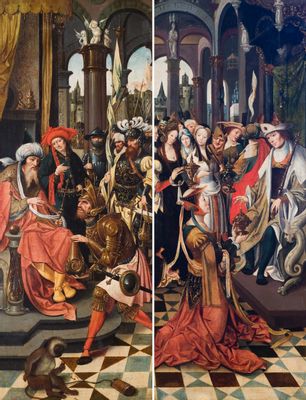








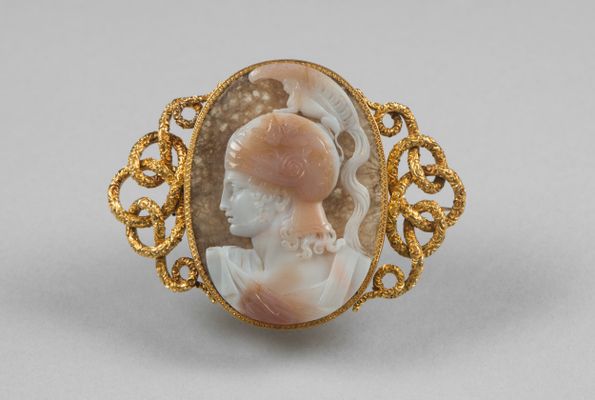


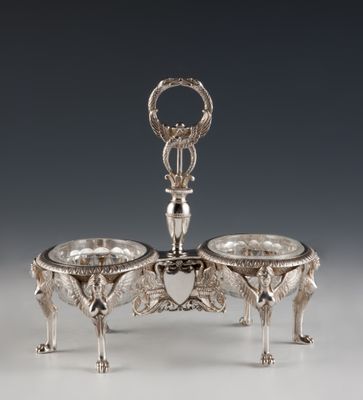
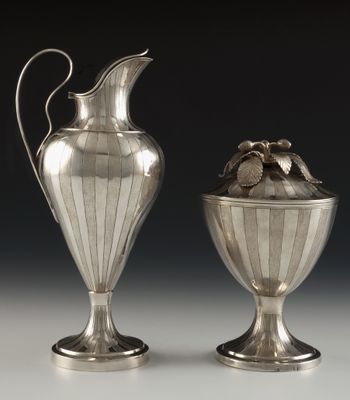

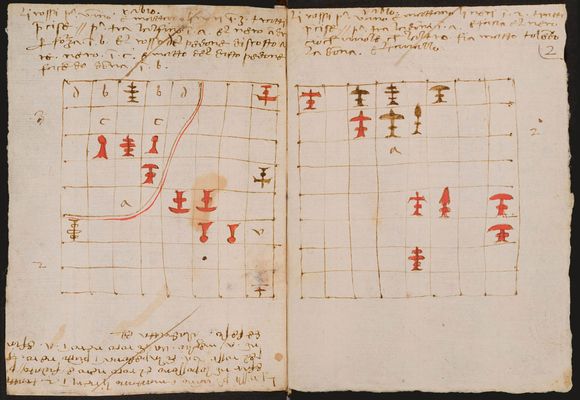
















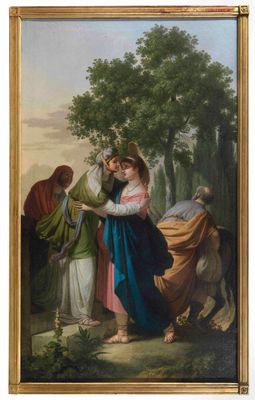





































Other works on display
With the Artsupp Card you can get, for the first time, discounts and reduced entrance tickets for Italian museums .
Discover moreArtsupp is the museums’ portal through which it’s easy to discover art, exhibitions and artworks. Now museums in France, the UK, the Netherlands, Germany and Spain can also share their activities with users
About us